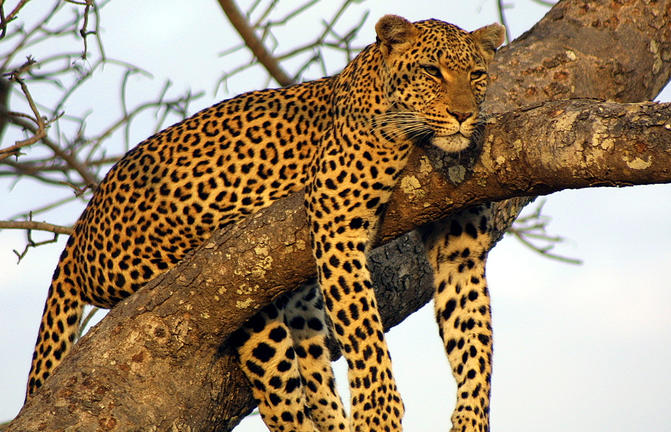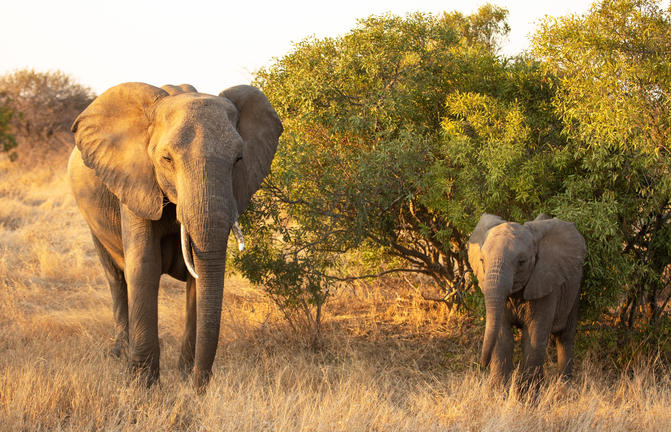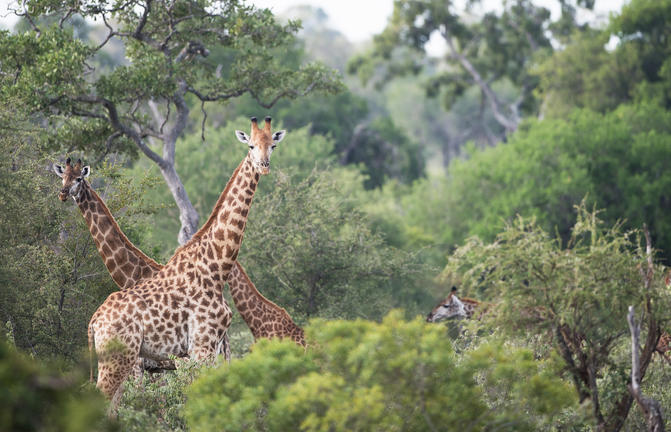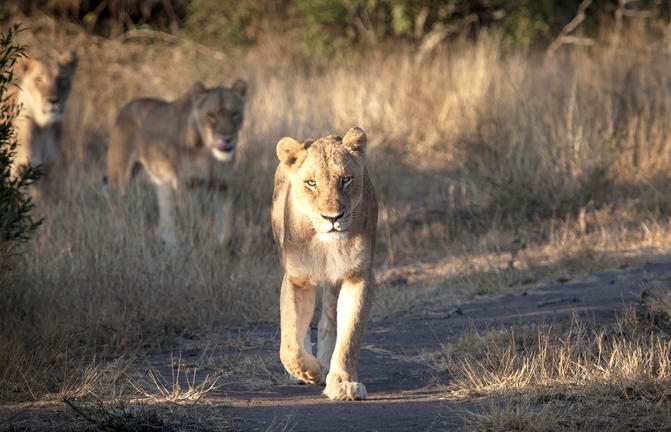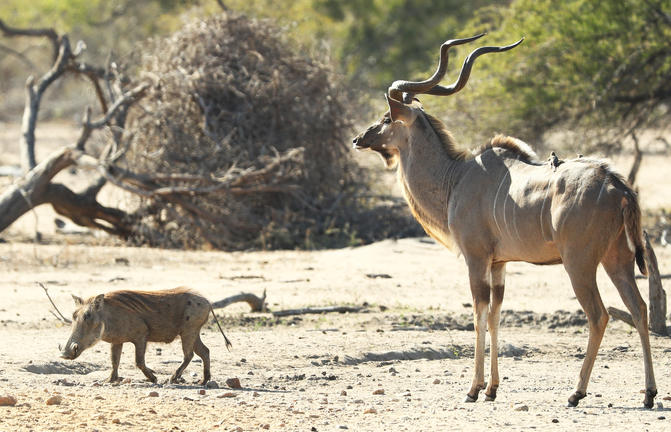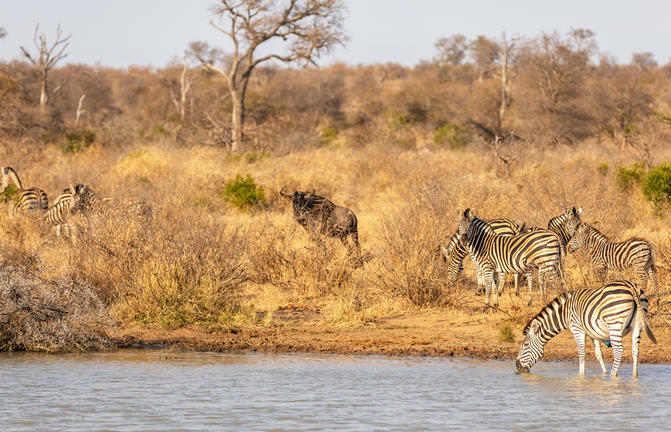



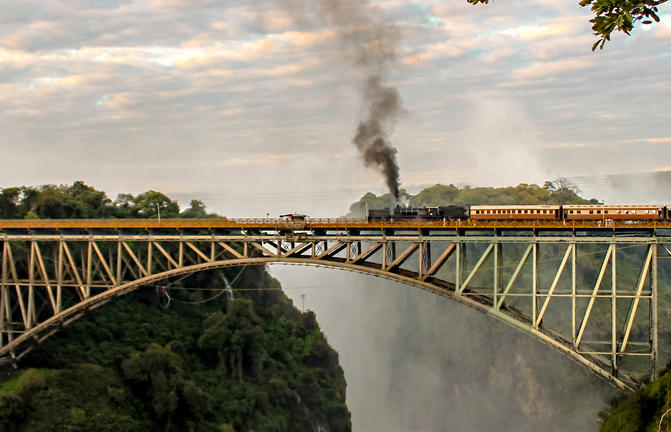
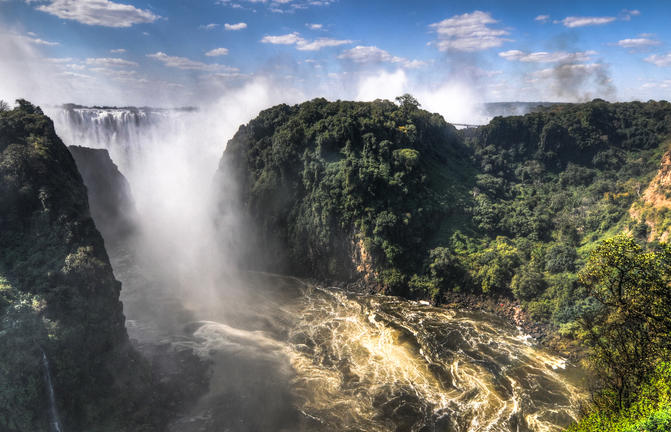


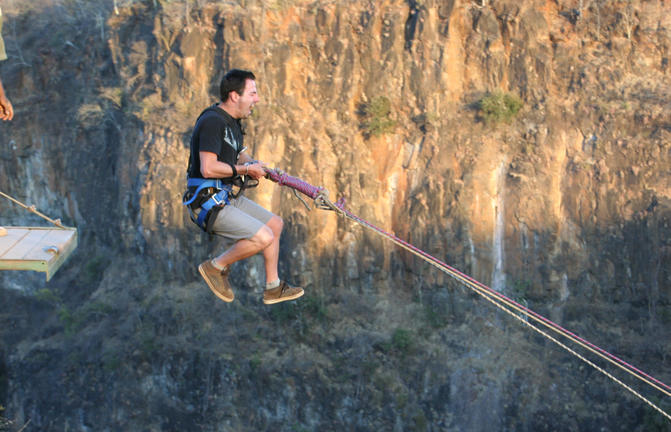
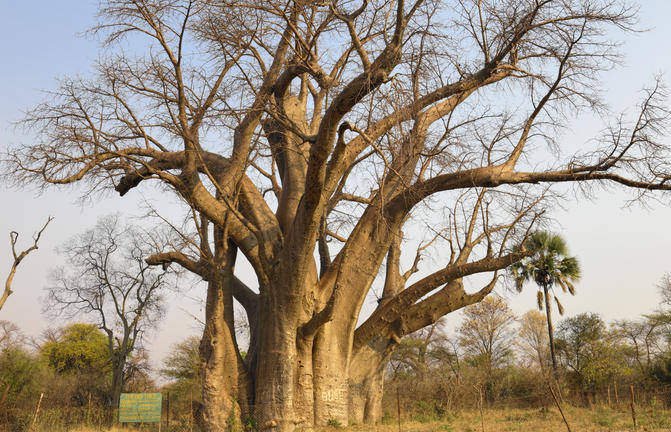

Victoria Falls also known as "Mosi oa-Tunya" ("the smoke that thunders") is positioned almost exactly half way along the mighty Zambezi River's 2700 km journey from it's source to the sea. Here the river plunges headlong into a 100m vertical chasm spanning the full one-and-a-half kilometre width of the river. Creating the biggest curtain of falling water in the world and also one of the seven natural wonders of the world.
https://www.youtube.com/watch?v=XCXPRtPnUac
The power of the falls is awesome with the highest ever flow recorded in 1958 when it reached more than 700 000 cubic meters of water a minute. The water in the gorges rose 18 metres (60 feet) above its normal flood level.
This constant pounding by the currents of the mighty Zambezi has, over the millennium, cut through the rock faults and fissures and carved out not one but eight successive precipices (and now the ninth has begun). When our early ancestors inhabited this area some 1.5 million years ago , they would have seen a different Victoria falls to he one we see today.
Being one of the greatest physical spectacles in Africa it stands to reason that it has attracted so much much interest from us humans over time and therefore the area is steeped in history and mystery.
Located in western Zimbabwe, Hwange National Park (formerly Wankie Game Reserve) is the largest natural reserve in the country and is famous for its rich diversity of wildlife. Home to one of the biggest elephant populations in the world, as well as around 100 mammal species, the park is a wonderland for animal lovers. Several protected animals inhabit the awe-inspiring open landscapes, including the endangered wild dog, critically endangered black rhino, and rare roan and sable - along with lion, cheetah, and around 500 bird species. Adventurers can look forward to guided bush hikes, game drives, and horse riding safaris, all of which offer excellent photographic opportunities. Hwange boasts several unique natural features, most notably the natural seeps such as Nehimba and Shakwanki animals dig for water.
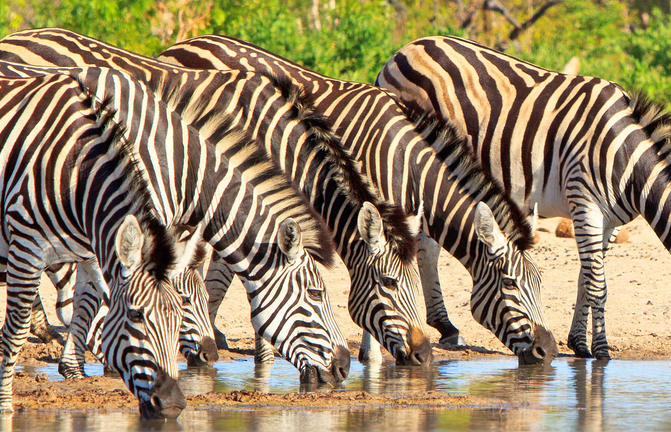
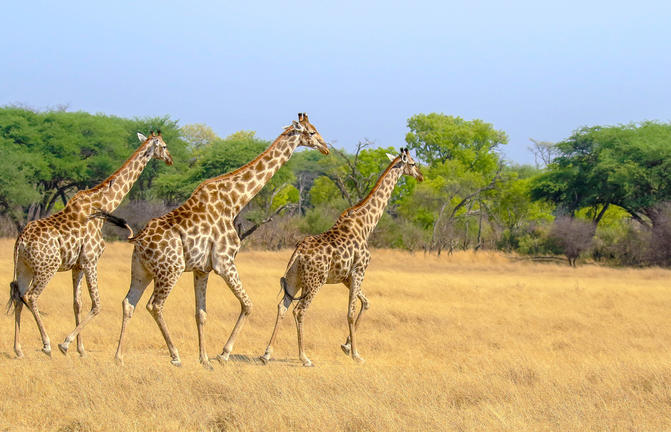
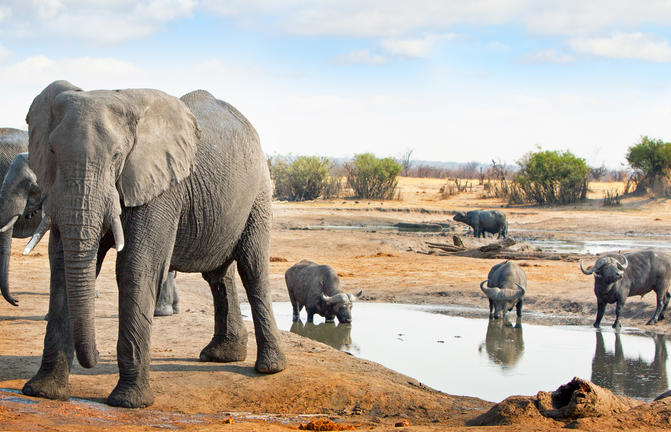
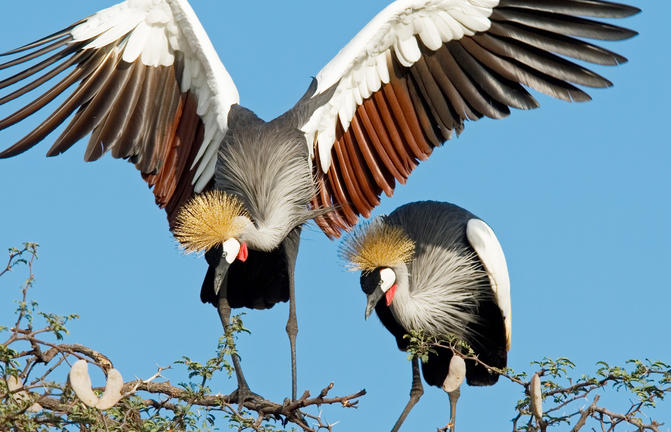
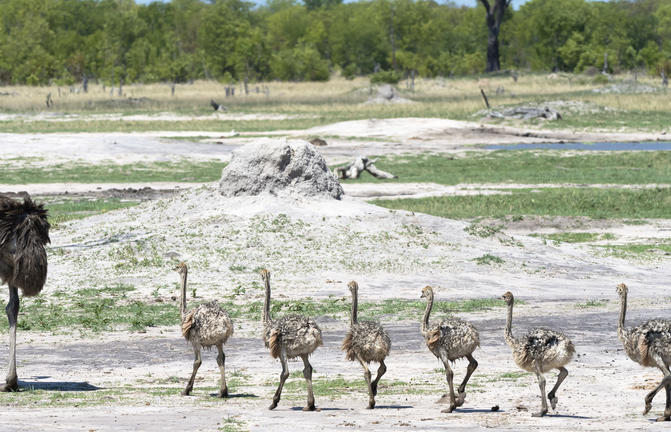
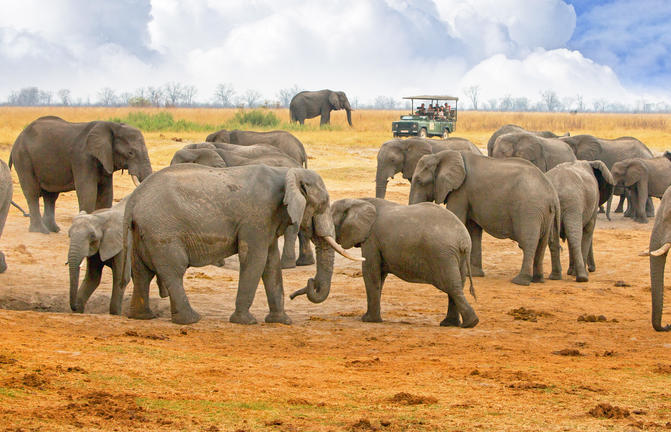
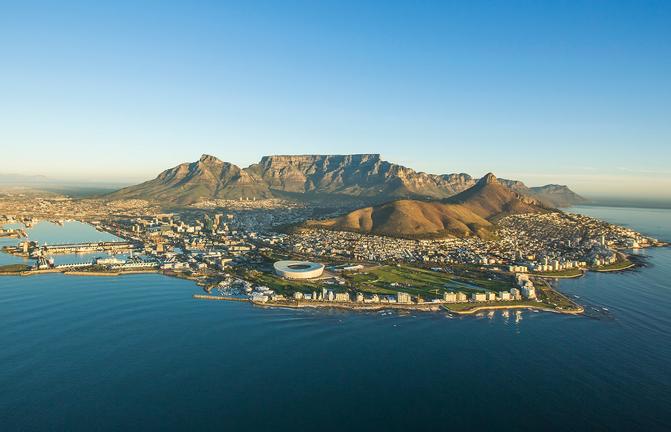
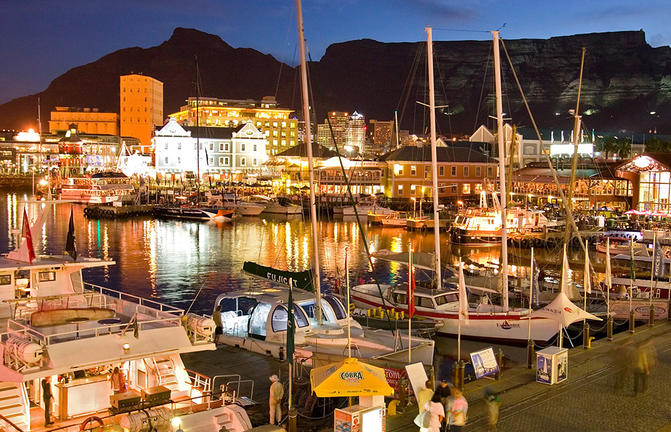
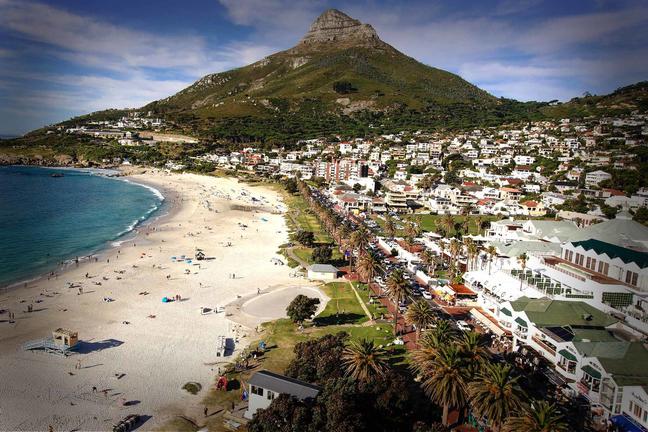
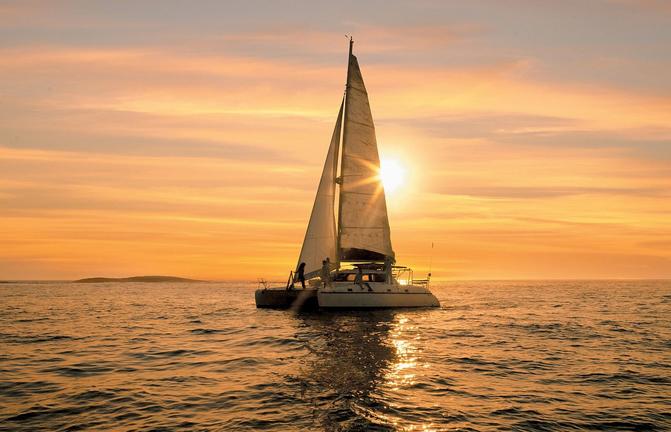
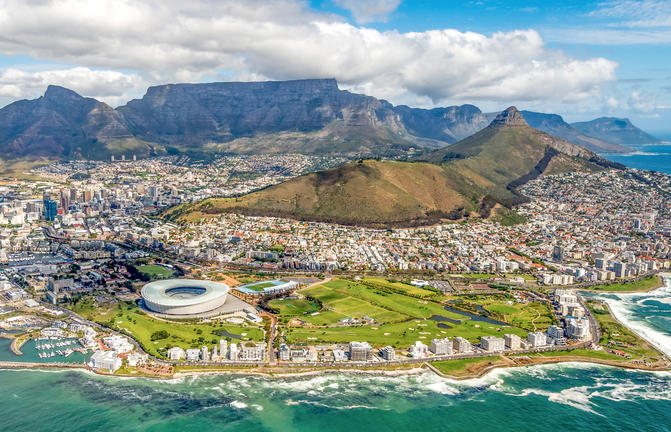
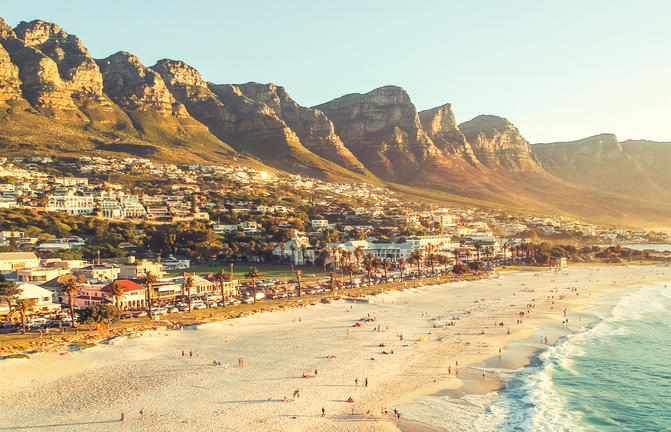
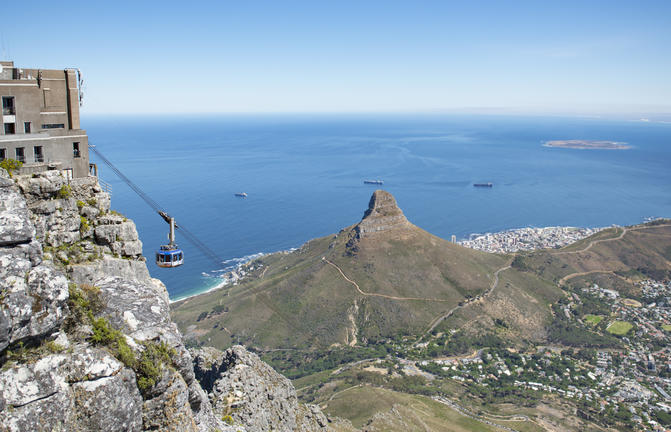
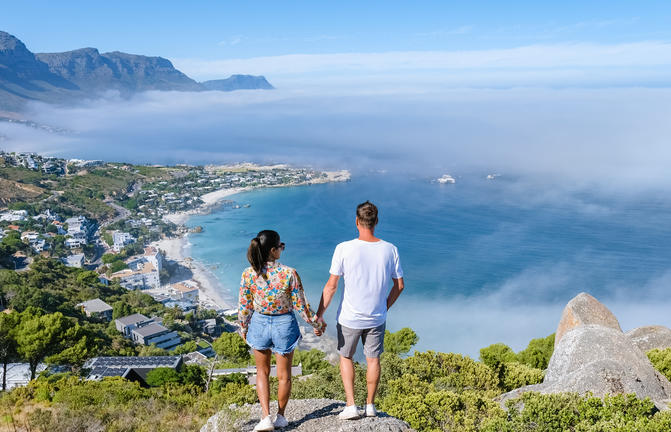
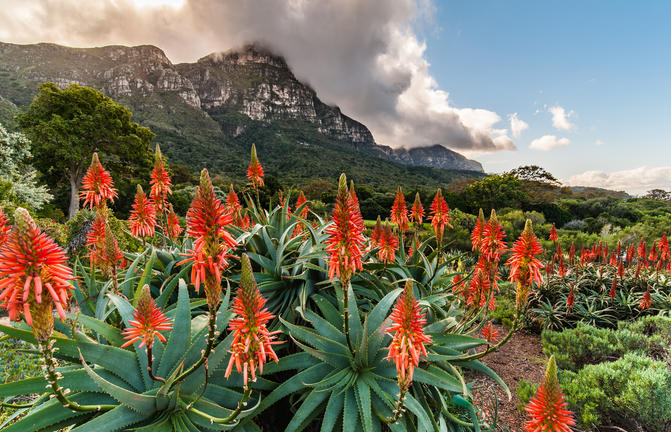
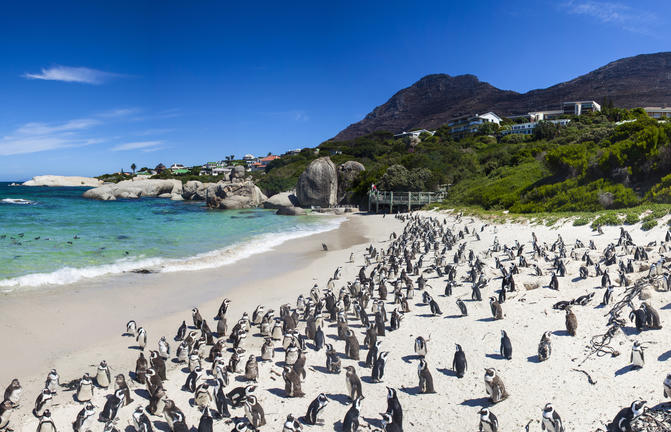
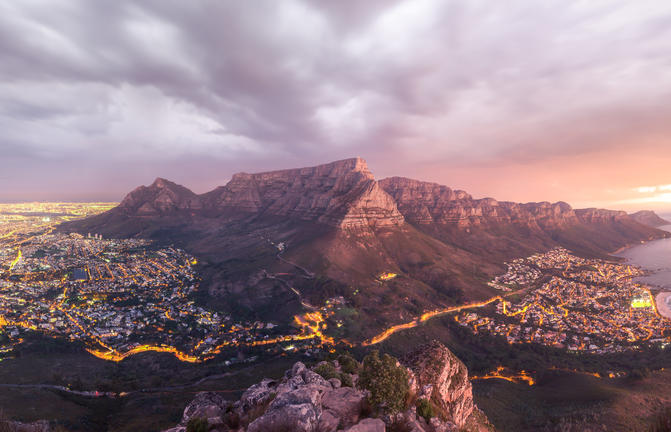
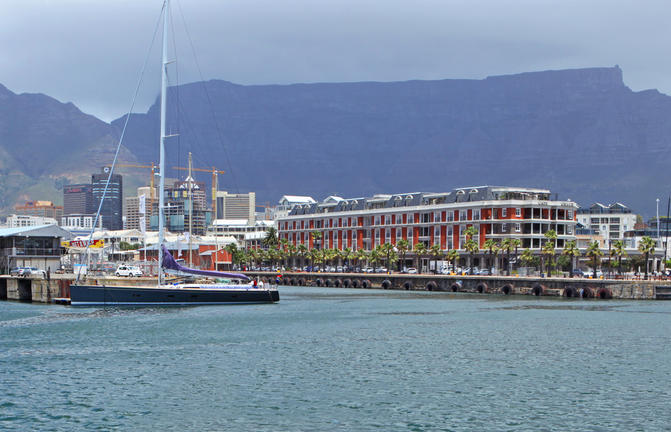
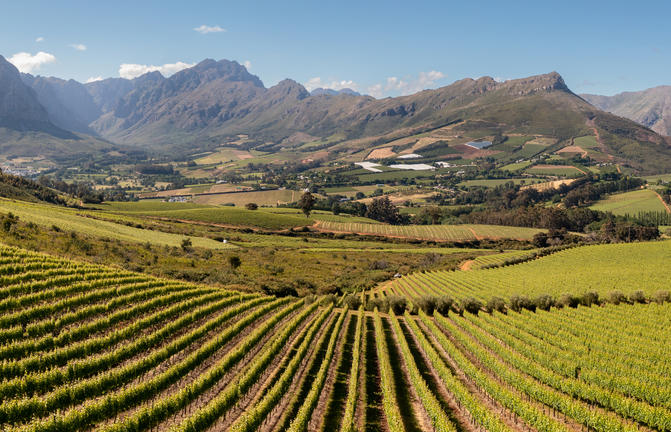

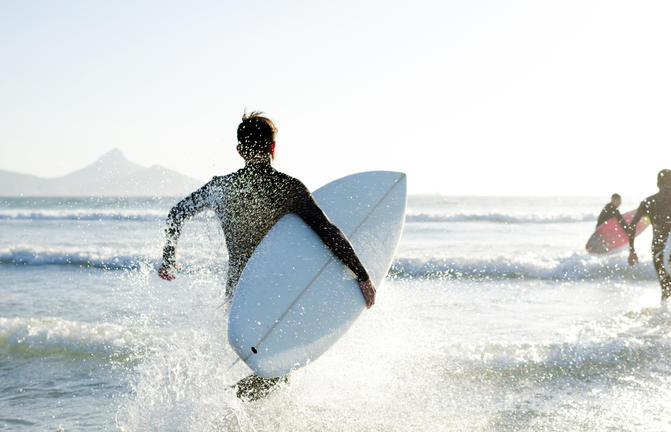
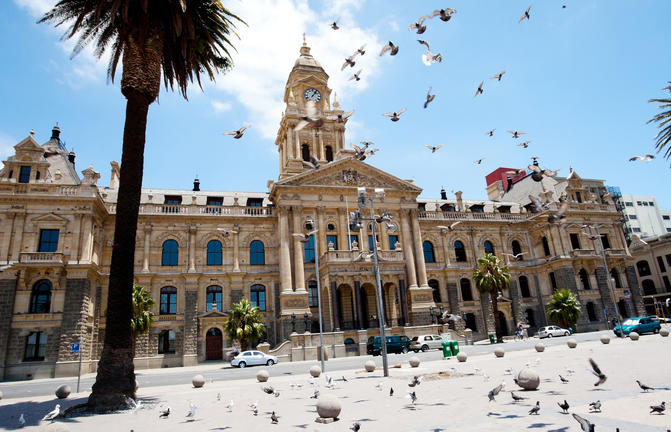
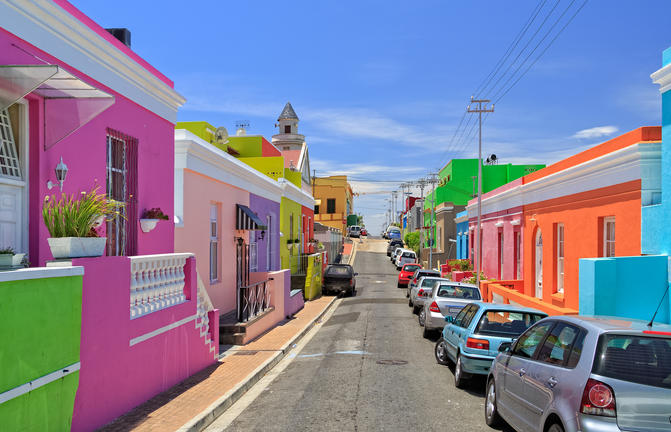
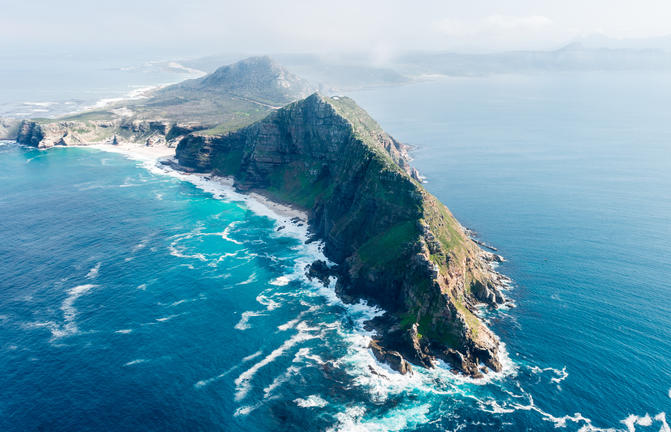
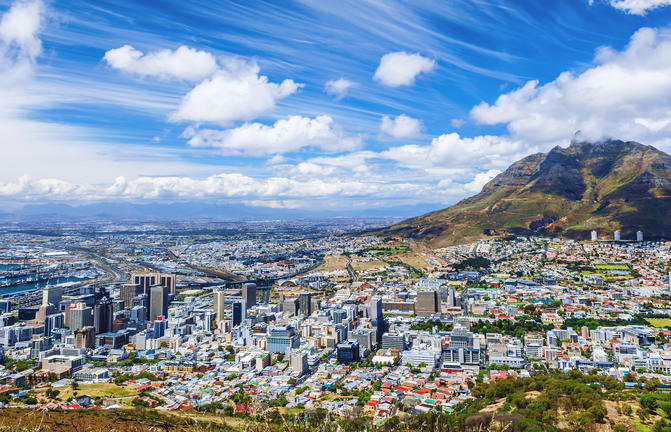
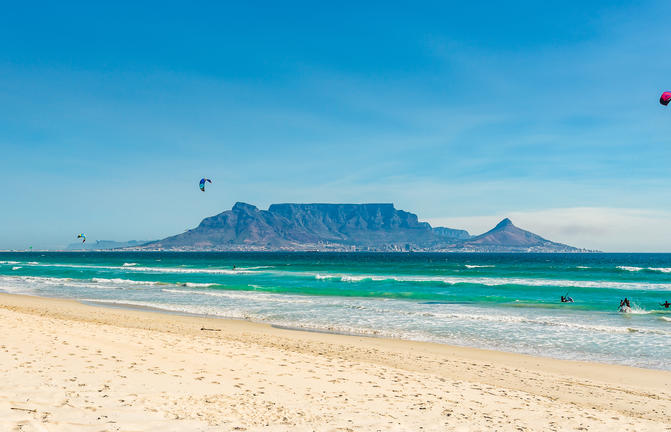
Cape Town is Southern Africa’s most beautiful, most romantic and most visited city. Its physical setting is extraordinary, something its pre-colonial Khoikhoi inhabitants acknowledged when they referred to Table Mountain, the city’s most famous landmark, as Hoerikwaggo – the mountains in the sea. Even more extraordinary is that so close to the national park that extends over much of the peninsula, there’s a pumping metropolis with a nightlife that matches the city’s wildlife. You can hang out with baboons and zebras at Cape Point in the morning, dine at an Atlantic seaboard bistro for lunch, tipple at a Constantia wine estate in the afternoon and party the night away in a Long Street club. All in a Cape Town day.
More than a scenic backdrop, Table Mountain is the solid core of Cape Town, dividing the city into distinct zones with public gardens, wilderness, forests, hiking routes, vineyards and desirable residential areas trailing down its lower slopes. Standing on the tabletop, you can look north for a giddy view of the city centre, its docks lined with matchbox ships. To the west, beyond the mountainous Twelve Apostles, the drop is sheer and your eye sweeps across Africa’s priciest real estate, clinging to the slopes along the chilly but spectacularly beautiful Atlantic seaboard. To the south, the mountainsides are forested and several historic vineyards and the marvellous Botanical Gardens creep up the lower slopes. Beyond the oak-lined suburbs of Newlands and Constantia lies the warmer False Bay seaboard, which curves around towards Cape Point. Finally, relegated to the grim industrial east, are the coloured townships and black ghettos, spluttering in winter under the smoky pall of coal fires – your stark introduction to Cape Town when driving in from the airport on the eastern outskirts of the city.
To appreciate Cape Town you need to spend time outdoors, as Capetonians do: they hike, picnic or sunbathe, often choose mountain bikes in preference to cars, and turn adventure activities into an obsession. Sailboarders from around the world head for Table Bay for some of the world’s best windsurfing, and the brave (or unhinged) jump off Lion’s Head and paraglide down close to the Clifton beachfront. But the city offers sedate pleasures as well, along its hundreds of paths and 150km of beaches.
Boasting an unfenced boundary with the renowned Kruger National Park, Ngala Private Game Reserve is an exquisite wildlife sanctuary that offers an intimate game-viewing experience. Visitors can encounter magnificent creatures such as elephants, leopards, spotted hyenas, giraffes, large buffalo herds, and white rhinos. Expert ranger and tracker teams lead thrilling game drives, employing sensitive off-roading practices that ensure up-close encounters with the mesmerizing wildlife. For a more immersive experience, walking safaris and bush walks are also offered, allowing guests to appreciate the smaller details of the ecosystem. To complete the adventure, Ngala provides luxurious lodges that blend seamlessly with the natural surroundings, providing a tranquil and comfortable retreat after thrilling days spent in the heart of the African wilderness.
